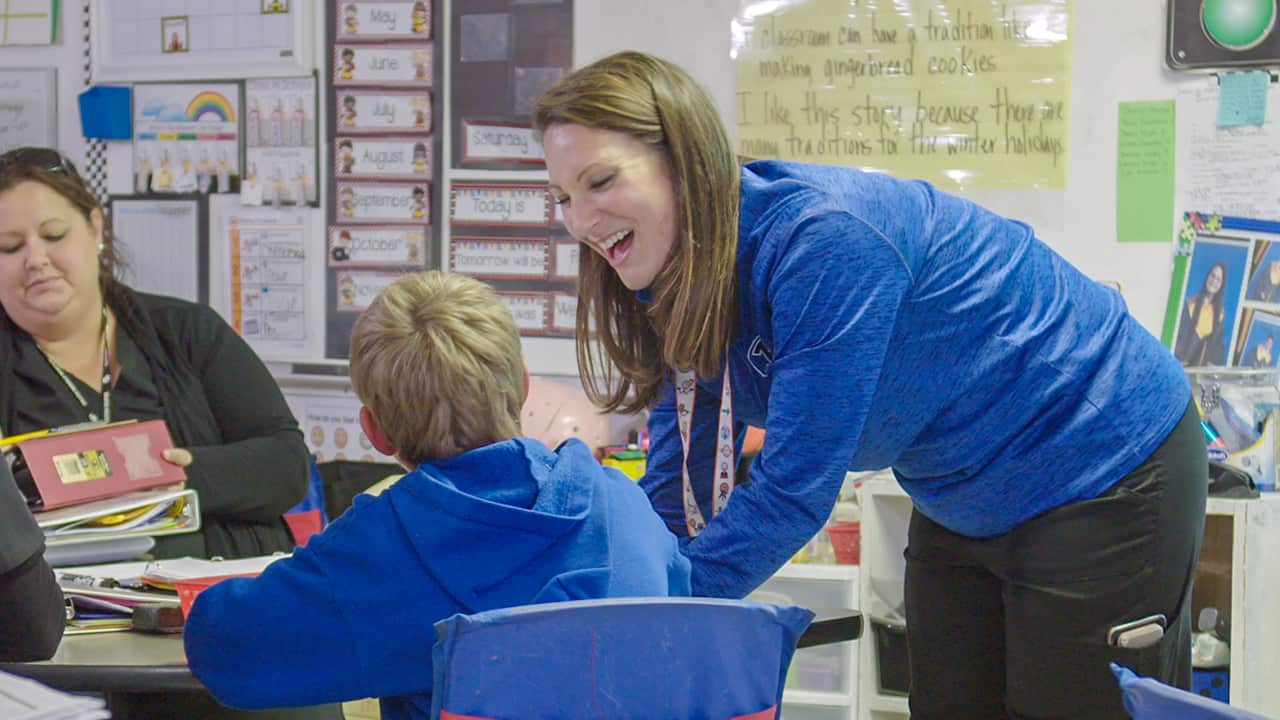Once you have conducted a Functional Behavior Assessment and determined a function of behavior, the next step is to develop a Behavior Intervention Plan. Behavior Intervention Plans, or BIPs, are plans for adults to change the environment so expected behaviors can be reinforced and behaviors of concern can be reduced. When developing a special education BIP always keep in mind the function of the student’s behavior so the behavior of concern is not accidentally reinforced.
The 3 goals of Behavior Intervention Plans are to make the behaviors of concern:
- Irrelevant
- Inefficient
- Ineffective
Every Behavior Intervention Plan should be developed to meet the needs of each individual student. However, your plan will be destined for success by considering the following:
Antecedent/Prevention Strategies
Prevention strategies help to make the behavior of concern irrelevant, meaning the student no longer needs to engage in the behavior to have the function of their behavior met. Consider what you can change within the environment to:
- Keep the antecedent from occurring
- Make the setting event or antecedent less aversive
- Make the antecedent less likely to cue the behavior
- Use evidence-based antecedent behavioral intervention strategies
Replacement/Alternative Behavior
Replacement behaviors work to make the behavior of concern inefficient, meaning the replacement behavior is a more efficient way (faster, easier and reliable) for the student to meet the function of their behavior than the problem behavior. Teach the student a new behavior that allows them to meet the same function of their behavior, such as requesting a break or new work to escape or requesting time to talk in order to gain adult attention. This is likely not a behavior you want the student to exhibit long term (nobody wants a student to take a break all day!), but it is a more socially appropriate behavior for them to engage in while learning any behavior and/or social skills you may need them to focus on. A Behavior Intervention Plan should detail how the team is going to teach this replacement behavior.
Response Strategies
Behavior Intervention Plans should address how to respond to both desired, socially appropriate behaviors and behaviors of concern.
Responses to desired, socially appropriate behaviors should meet the same function of the behavior of concern. For example, if the student engages in material destruction to gain access to a tangible, the student should only gain access to that item when they demonstrate a more desired behavior such as the replacement behavior being taught. While a student may enjoy getting a sticker or a “good job” when they engage in an expected behavior, it might not be enough to compete with getting to escape from the classroom when they scream at the teacher. You’ll want to make sure the reinforcement for the new behavior is just as powerful, if not more powerful.
Responses to behavior of concern should make the behavior ineffective, meaning the behavior no longer results in meeting the function of the behavior. For example, if a student engages in a behavior to gain access to attention, then you would not want to provide verbal redirection when the student engages in that behavior of concern or the behavior will continue to be reinforced (and thus continue to occur). Instead, plan to provide attention when the student is engaging in the behavior you want them to engage in, before the disruptive behavior occurs.
Be aware, if you no longer reinforce the behavior of concern, the student’s behavior may intensify to try and get their function met. Be sure the student has a replacement behavior that allows them to meet that function. Also, you may need to prompt the student to engage in the replacement behavior sometimes in the midst of the less desirable one.
Data Collection
Be sure to collect data to confirm the BIP is working to both increase expected behavior and decrease the behavior(s) of concern. You should already have baseline data from the Functional Behavior Assessment. Set a goal of where you would like the student’s behavior to be in a given time frame, and as you implement the Behavior Intervention Plan compare the student’s behavior to the goal. Are you going to meet the goal, or does a change need to be made for the student to continue to make progress?
Integrity Checks
When implementing a BIP be sure all individuals involved are implementing the plan as it was designed. Make a plan for how to monitor the integrity of implementation. Consider using the BIP as a checklist and review it daily, weekly or monthly. Revisit any components of the plan that are not being implemented as intended.
Designing Behavior Intervention Plans can feel overwhelming from the onset, but this step-by-step guide can help. Remember, BIPs should be functionally matched to the Functional Behavior Assessment (completed prior to the BIP). Your Behavior Intervention Plan is designed to make the behavior of concern irrelevant, inefficient and ineffective (and to teach students new, more socially acceptable ways to get their needs met). Collect data and implement your plan with fidelity, and you’re well on your way to making a difference in a student’s day-to-day school experience.



